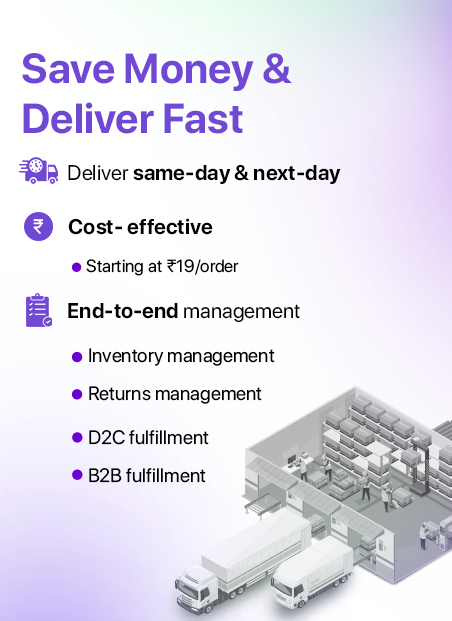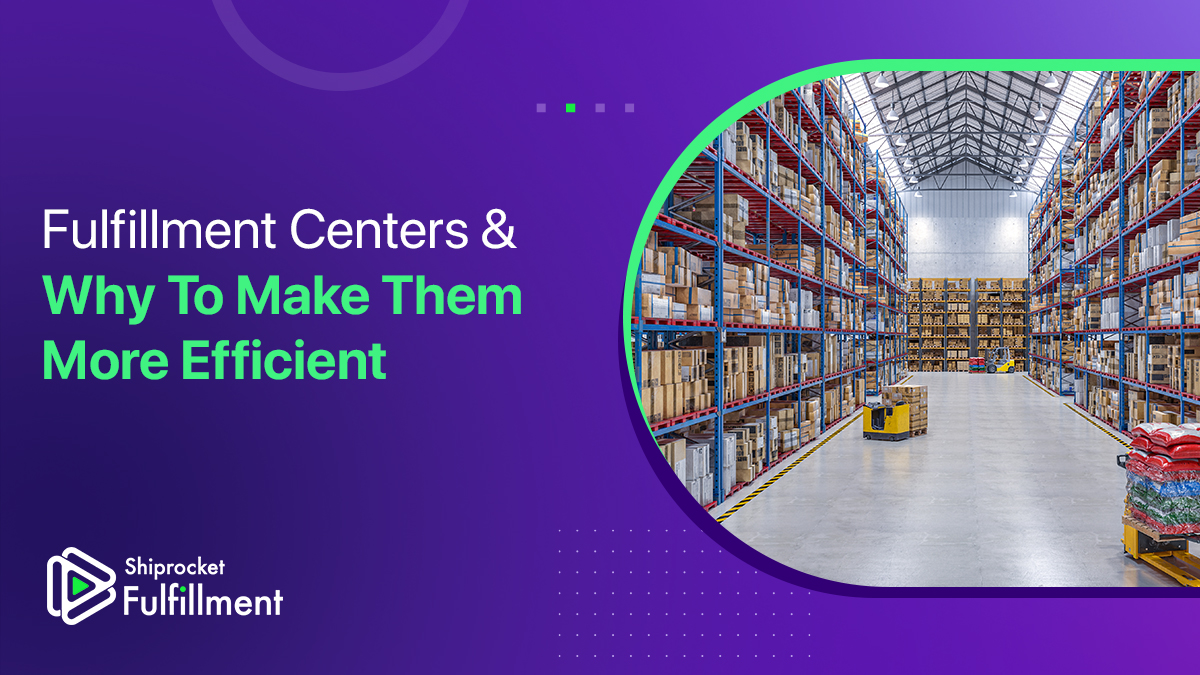
Fulfillment Centers & How It Helps to Scale eCommerce Businesses
In today’s fast-paced world, businesses must constantly strive for efficiency to stay ahead of the competition. One of the ways to...
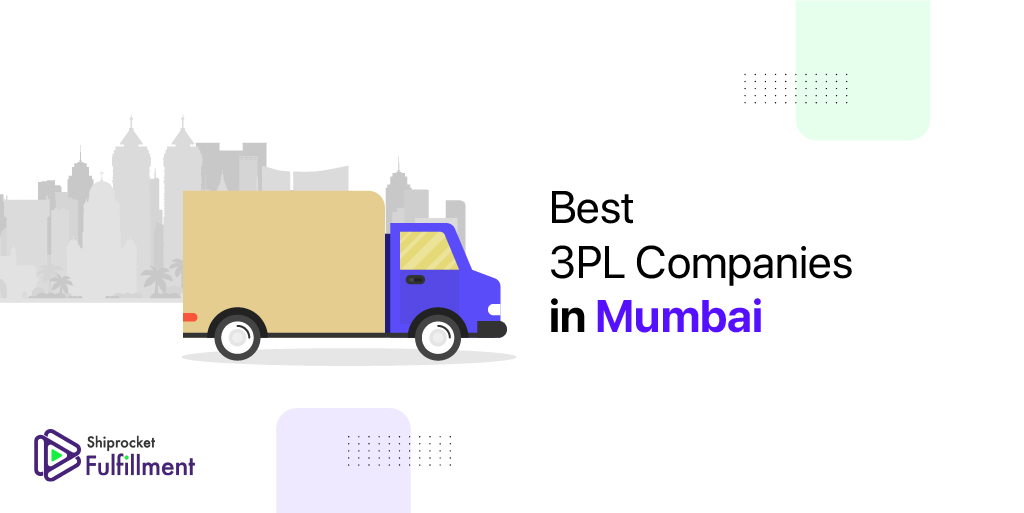
Top 3PL Companies in Mumbai for Efficient Fulfillment
For businesses looking to sell online, the shipping and delivery of products are critical for a great customer experience. This is...
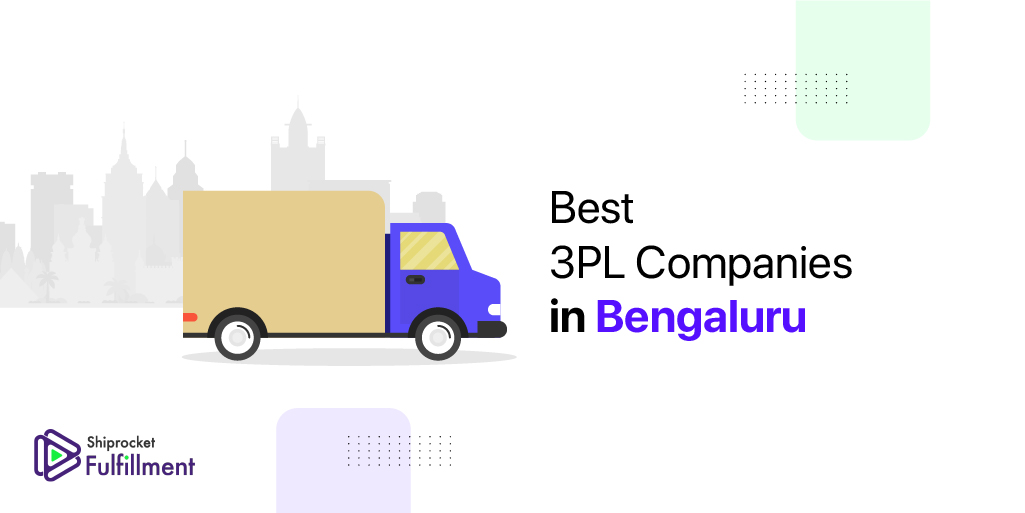
Best 3PL(Third Party Logistics) Companies In Bangalore
The Silicon Valley of India, Bengaluru, is a hub of startups and businesses that require efficient logistics and supply chain management....

Distribution Network and How to Optimise It
A supply chain system depends on a complex logistics life cycle of purchasing raw materials to transportation, warehousing, and distribution. Optimising...
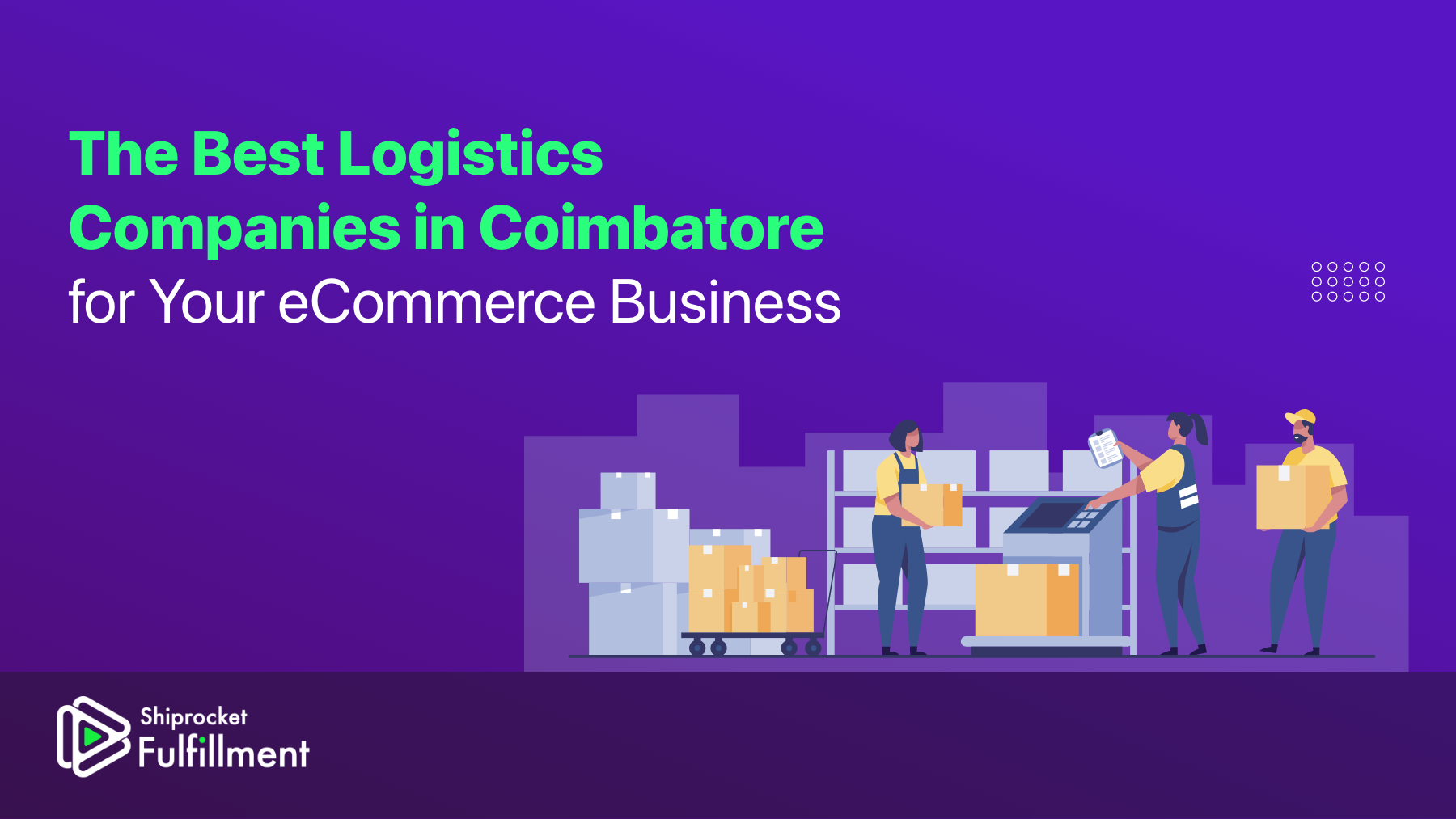
Best Logistics Companies in Coimbatore in 2025
Coimbatore is known as the Manchester of South India and is the biggest city by GDP in Tamil Nadu. It houses...

Top 9 eCommerce Fulfillment Companies in India [2025]
When you think of running an online business, one of the first things that come to mind is shipping and order...
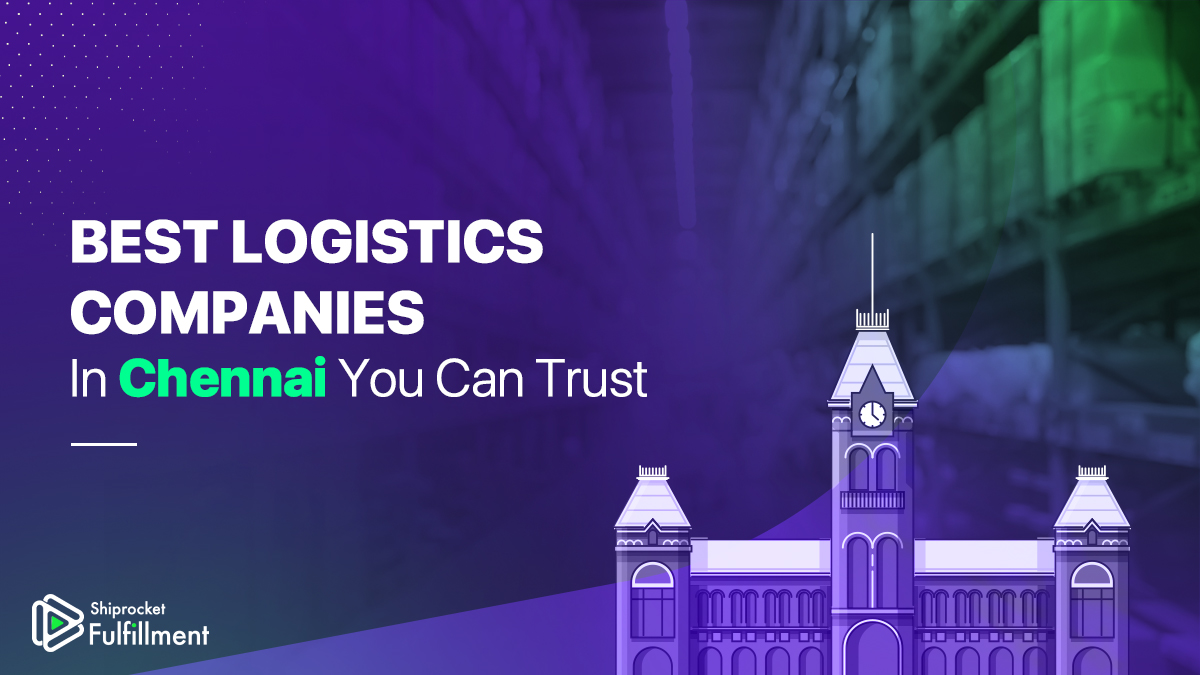
Top 9 Logistics Companies in Chennai (2025)
If you are searching for the best logistics companies in Chennai, you have come to the right place. Many logistics companies...
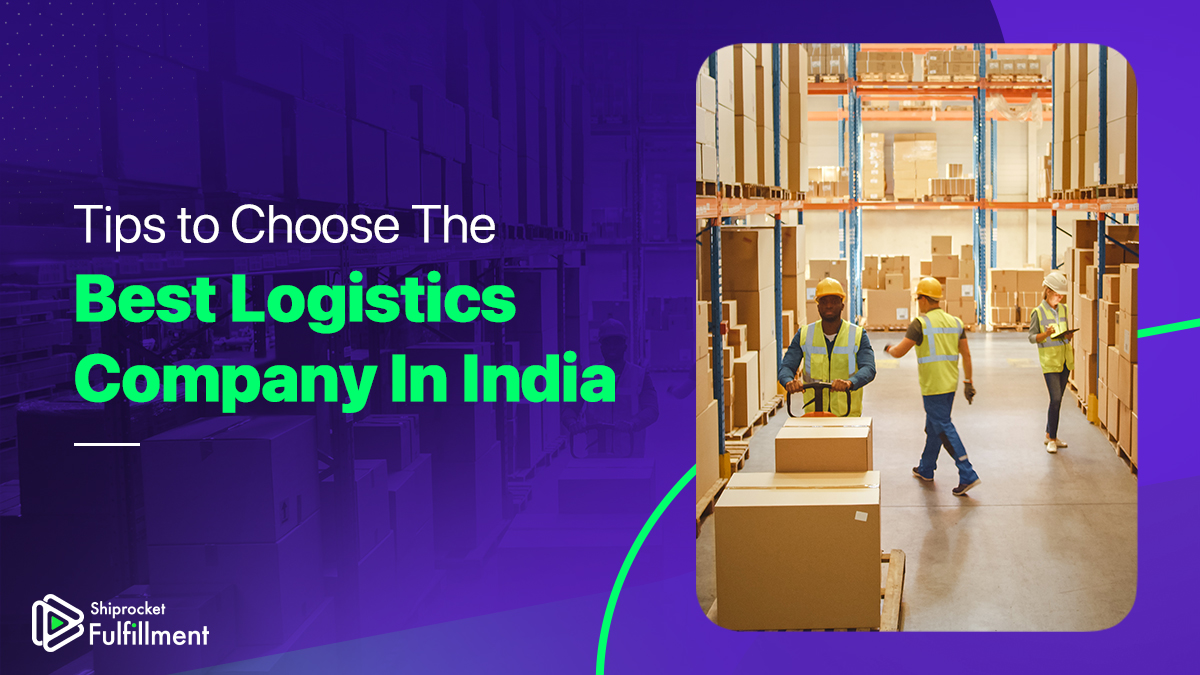
16 Best Logistics Companies in India (For 2025)
A logistics company plays a crucial role in ensuring your orders are delivered on time, and your customers are happy with...
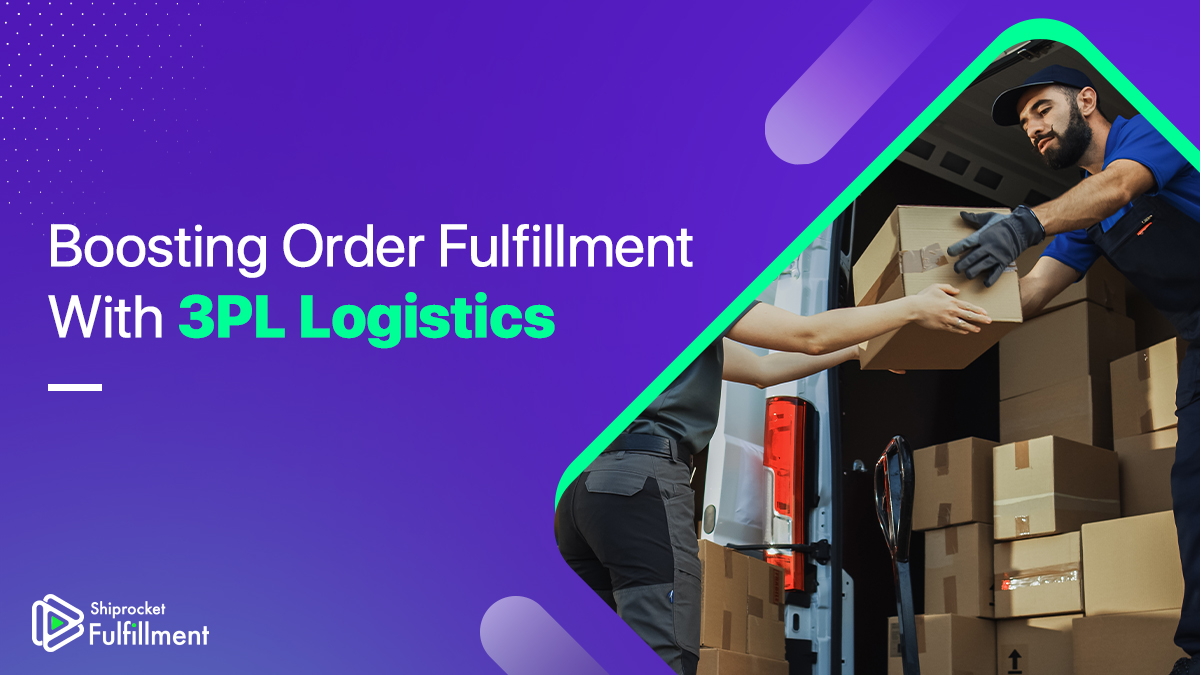
What is 3PL? (Third Party Logistics) Definition and Process
3PL or third-party logistics companies focus on supply chain operations to help businesses grow. This includes everything from order management to...
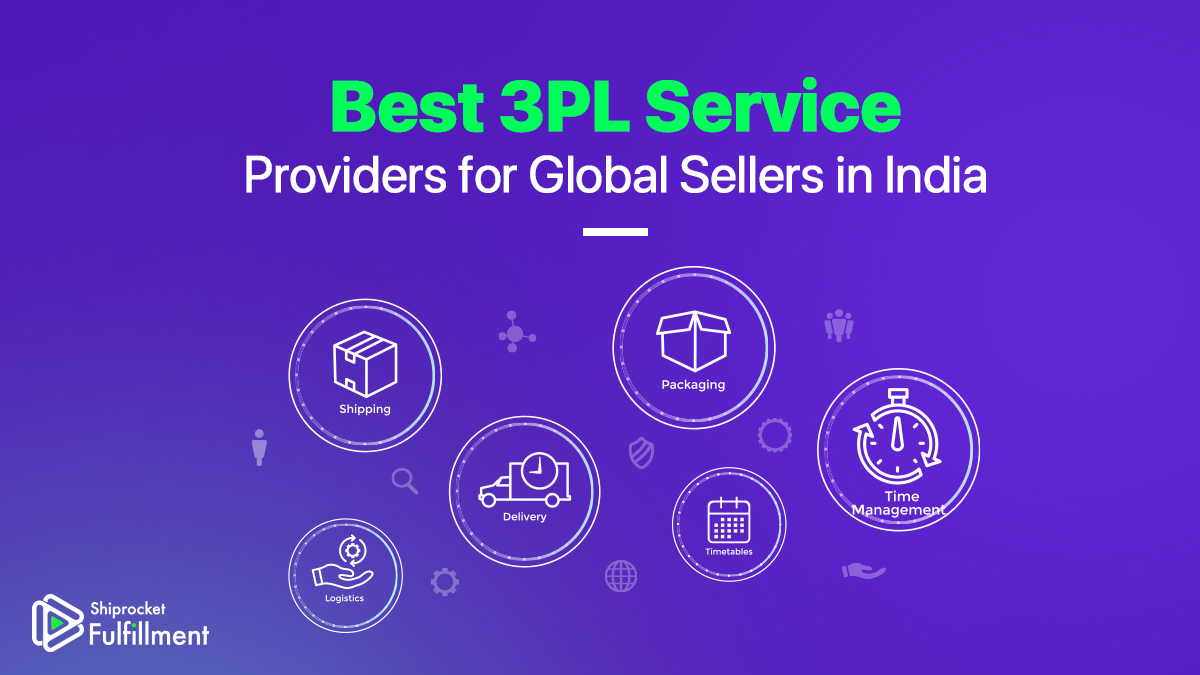
Best 3PL Service Providers For Global Sellers In India
For an eCommerce business owner, fulfilling orders and managing returns becomes infeasible as the business grows. Similarly, for a global business...
Get a callback from our expert within minutes

